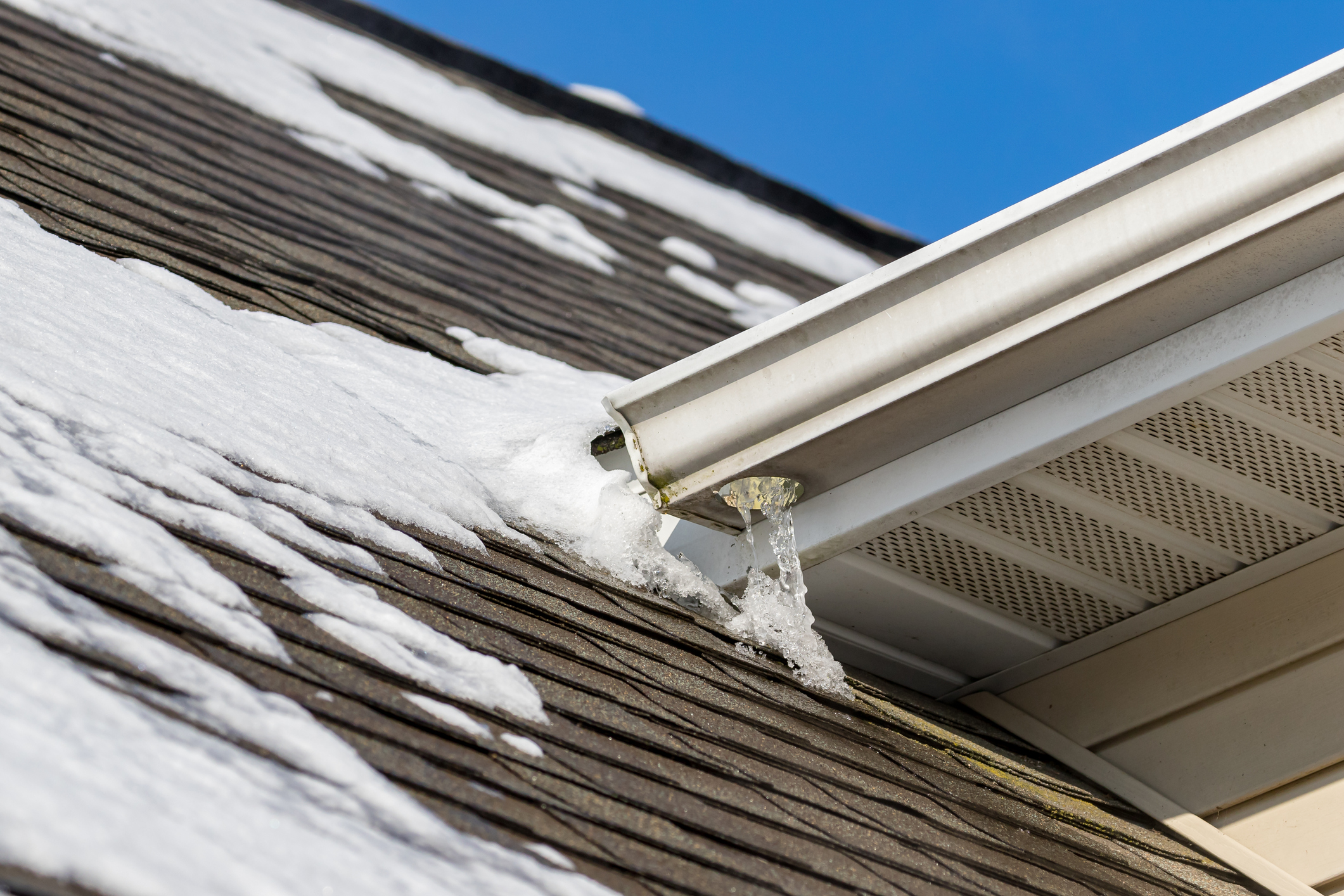When it comes to months of consistently low temperatures, you may be wondering about the connection between your heating bill and your home’s roofing in winter weather. Some worry that having the wrong color of roof can lead to increased heating costs, especially for homeowners in colder climates.
Here’s why the color of your shingles matters, and what other factors you should consider with heat and winter roofing.
HOW DOES COLOR AFFECT TEMPERATURE?
It is a proven fact that light and dark colors interact differently with heat. Lighter colors reflect light; darker colors absorb light and heat.
Simply put, dark-colored roofs will absorb the rays of the sun, whereas sunlight will bounce off of light-colored roofs and away from your home. There will be a difference in temperature between the two – but how much?
HOW BIG OF A DIFFERENCE DOES YOUR ROOF COLOR MAKE?
In our experience, this can greatly affect your heating bill – in the right circumstances. On its own, a dark roof may increase the temperature in your upper level or attic as much as 10 degrees, but this does not apply to the entire house.
To really reap the benefits of a dark roof absorbing light and heat, you have to live in an area with a significant amount of sunlight and heat to begin with.
For instance, dark shingles on a home located in a region with cold temperatures and little daylight cannot have a significant effect on your energy efficiency without other contributing factors.
We recommend that homeowners consider the climate before choosing shingle color.
DOES A DARK ROOF HAVE OTHER BENEFITS?
While roof color alone will not aid in heating a whole house during winter months, it does change how your roof fares with snow. Due to the increased heat absorption, a darker roof can melt the snow and prevent damage from the weight of buildup. Fewer risks of damage mean fewer roof repairs.
HOW ELSE CAN MY ROOF REDUCE HEATING COSTS?
To maximize your energy efficiency with or without a dark roof, consider your roofing materials. In our industry, while color and material both make a difference, material choice takes precedence over color.
Hopkins Roofing offers a variety of materials to fit your needs:
- Asphalt shingle roofing
- Composite shingle roofing
- Cedar shake roofing
- Metal roofing
Asphalt shingle roofing is one of the best options if you are just looking for a warmer home in the winter. It absorbs light and heat at a greater rate than other materials. However, those who live in hotter climates must keep in mind that asphalt roofs will continue to absorb heat during the summer.
Composite shingle roofing is excellent for maintaining level temperatures within the home year-round. It is highly reflective and comes with the added benefit of watertight properties to protect against melting snow and ice.
Cedar shake roofing is one of the better options if you are just looking for a warmer home in the winter. It absorbs light and heat at a greater rate than other materials. Compared to other woods, cedar roofing is especially resistant to warping or shrinkage from heat or snow.
Metal roofing is excellent for maintaining level temperatures within the home year-round. Since metal is highly reflective, it is optimal for keeping a temperate home during winter and summer.
Call Hopkins Roofing today for more information or to book a free roof inspection!



